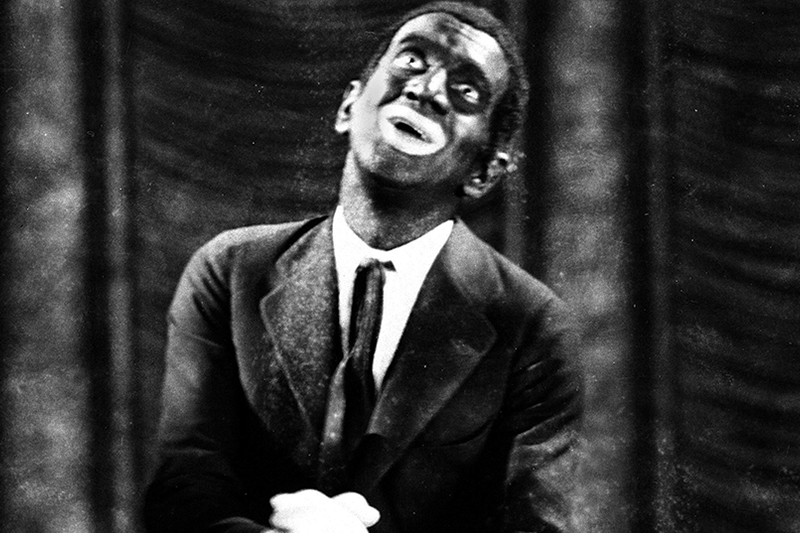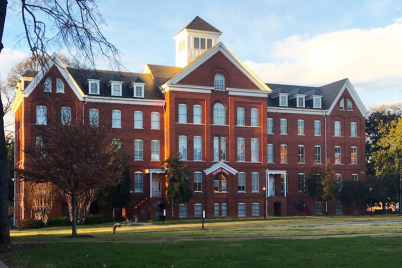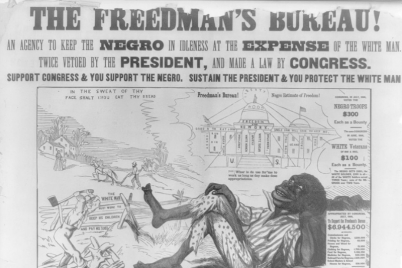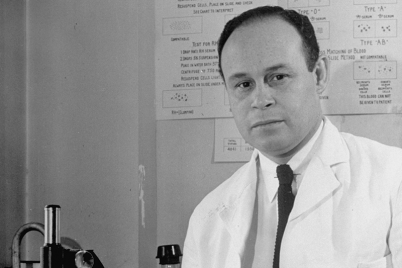White actor Al Jolson in blackface makeup in the movie “The Jazz Singer”
By Jennifer Gamble-Theard, M.Ed., ASALH Historian
It seems that blackface has a way of finding its way back into our collective minds. Every Halloween we are reminded of its persistence to linger on and remind us of a repulsive form of denigrated interpretations of African Americans.
Just in case you don’t remember, or if you may not really be aware of exactly what blackface is and the significance of its point in history, then I’ll give you a few details.
Racist black stereotypes originated in the white man’s characterization of plantation slaves and free blacks during the era of minstrel shows (1830-1890). The minstrel show was a type of entertainment that included imitating black music, dance and speaking in plantation dialect.
The shows featured various jokes, songs, dances and skits that were based on the ugliest stereotypes of slaves. For about 50 years, minstrel shows were the most popular form of entertainment in America.
The caricatures of black people took such a strong hold on the American imagination that audiences expected any person with dark skin, no matter what their background, to conform to many of the presented stereotypes.
Those forms of exaggerated stereotypes and images were exported worldwide and gave people in other countries a distorted view of black Americans.
The various black stereotype staples played by white men in the minstrel shows included “Jim Crow,” a character who sang and danced. “Zip Coon,” a character who made a mockery of free blacks by dressing up ostentatiously and speaking with mixed up word arrangements that undermined his attempts to appear dignified.
Other stereotypes that prevailed in minstrel shows were the “mammy,” who was a favorite along with the gentle Uncle Tom. Then there was the large menacing black man figure, “Buck,” who was always interested in white women.
The black buxom Jezebel type whose aim was to tempt men, the mulatto women who tried to pass for white until discovered that she was black and lastly the pickaninny children with bulging eyes, unkempt hair and mouths stuffed with watermelon.
Blackface was and is the practice of non-black people darkening their skin and using a form of dialect to deliberately attempt to impersonate black people. White performers in the minstrel shows painted or colored their faces black and exaggerated their lips with either red or white paint.
The makeup was a deliberate attempt to represent black people in an outlandish manner along with malapropisms, awkward movements and garnished style clothing.
Even when black performers were highly skilled in music, song and dance, white audiences in the 19th century would not accept the black entertainers on stage unless they performed in blackface makeup.
White people made a rule in entertainment that dark-skinned people could only be entertainers in front of white people if they painted their faces black and acted silly. Although black people knew the laughter was at their expense, they were not able to throw off the put-down aggressions of that time.
In the words of Frederick Douglass, “The blackface minstrels were the filthy scum of white society, who have stolen from us a complexion denied them by nature, in which to make money and pander to the corrupt taste of their white fellow citizens.”
Douglass’ ideas also drew attention to the extreme capitalist ambitions that surrounded blackface.
As literature, arts and entertainment began to develop about black people during and after slavery, whites who had limited, distorted or hateful views of blacks began to influence the industries that would depict black people in negative ways for years to come.
By means of caricature forms and cartoonish type figures, black people were openly ridiculed with anti-black stereotypes well into the 1950s. No matter how hilarious blackface entertainment productions may have been in the 20th century—such as “Amos ‘n’ Andy”–it was still a form of ridicule of black life and culture.
With the advent of film and eventually television, there were several beloved famous black actors whose personas were derived from racist blackface stereotypes. They had little choice of the roles they were offered.
A few of the talented black actors who were relegated to stereotypical acting roles include the well-spoken intelligent actor Lincoln Theodore Monroe Andrew Perry who portrayed Stepin Fetchit, the laziest human being in the world.
Bill “Bojangles” Robinson was viewed as the perfect Uncle Tom type because of his cheerful, shameless and subservient disposition type of roles he played in white films (he demanded respect and received it outside of his movie roles).
Even the “Little Rascals” and “Our Gang” characters of Buckwheat (William Thomas Jr.) and Farina (Allen Clayton Hoskins) were cast as stereotypical pickaninnies.
The persistence of blackface continues today in some form. For example, the concept of blackface is seen in cross-dressing movies in which an actor portrays an opposite-sex character as seen in Tyler Perry’s “Madea” films.
Perhaps Perry, who announced he is retiring the character, has come to realize that he really doesn’t need to perpetuate the continuation of his blackface female character, which portrays a distortion of an older black woman.
Cultural appropriation is defined as a dominant culture using parts, elements or features such as language expressions, music, dress, etc. of a minority culture for its advantage while making the minority culture feel used and ridiculed. Certain actions that have been adopted from African-American culture have been a much-debated topic of concern.
Noted and highly paid media personality Megan Kelly recently lost her multi-million dollar job because she didn’t seem to acknowledge that the blackface concept really existed or that it made any difference in the sensitivities of African Americans.
Earlier this year, the blackface controversy reared its ugly head in the world of rap. Pusha-T posted a photo of Drake in blackface.
Drake responded: “This picture is from 2007, a time in my life where I was an actor and I was working on a project that was about young black actors struggling to get roles, being stereotyped and typecast,” he wrote. “The photos represented how African Americans were once wrongfully portrayed in entertainment.”
The point of the blackface matter is that because of the presence of power imbalances that are byproducts of colonialism and oppression; cultural appropriation can be considered harmful and disrespectful when used outside of the way African Americans intended and can alienate blacks by ignoring them socially and limiting their continued artistic expressions.
Blackface is a perfect example of African Americans going about their daily lives and how the dominant culture comes along and capitalizes on the black complexion, dialect, expressions, style, music, dance or food.
Since we are a resilient people, we continue to prosper in different ways of our own choices. As we know the history of who we are, we will control what we can, when we can, where we can and how we can, but there are actions that we won’t tolerate anymore. Especially blackface!
Jennifer Gamble-Theard, M.Ed. is a retired Pinellas County educator in the study of history and language. She is also the historian for the St. Petersburg Branch of ASALH.








